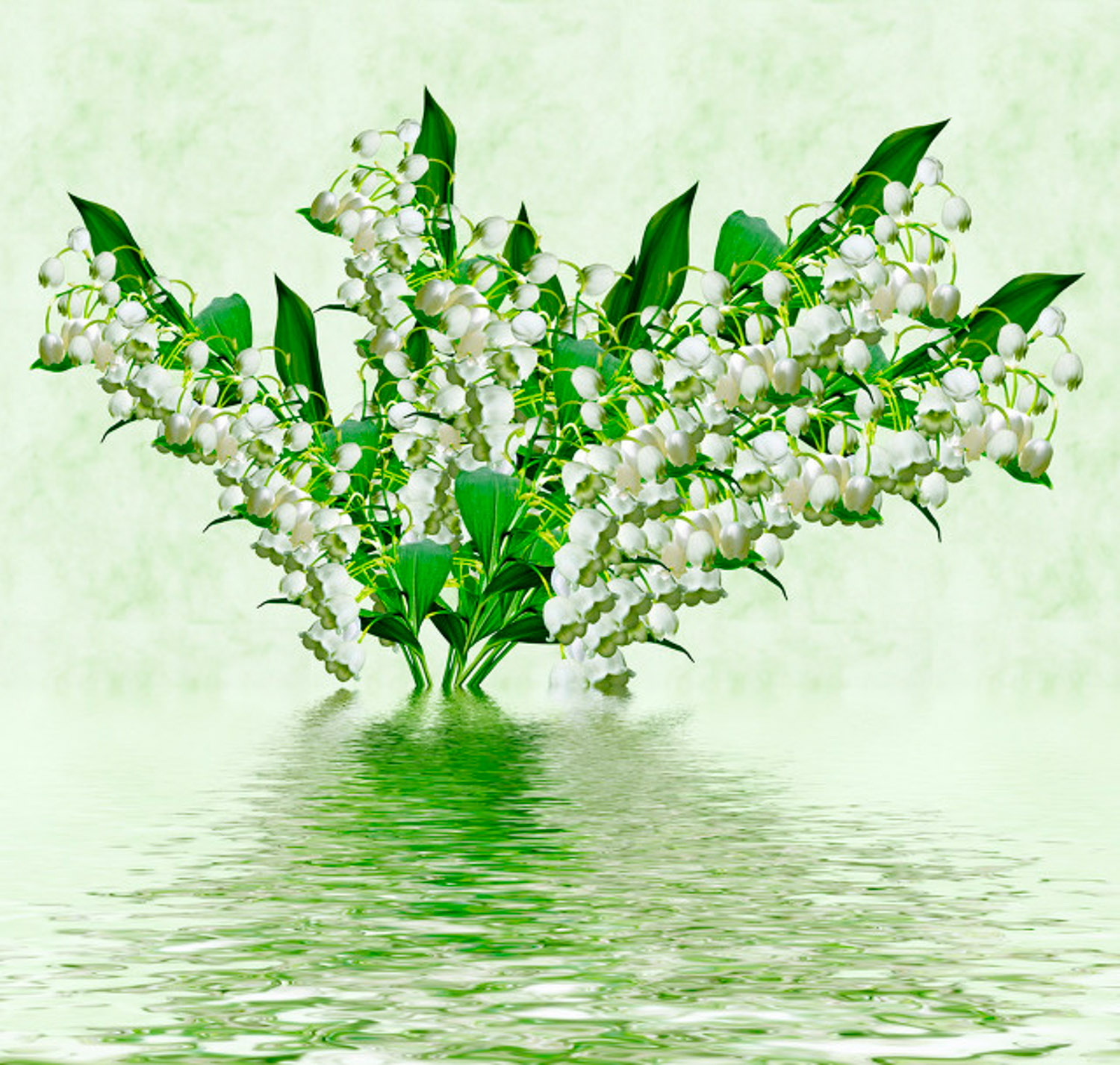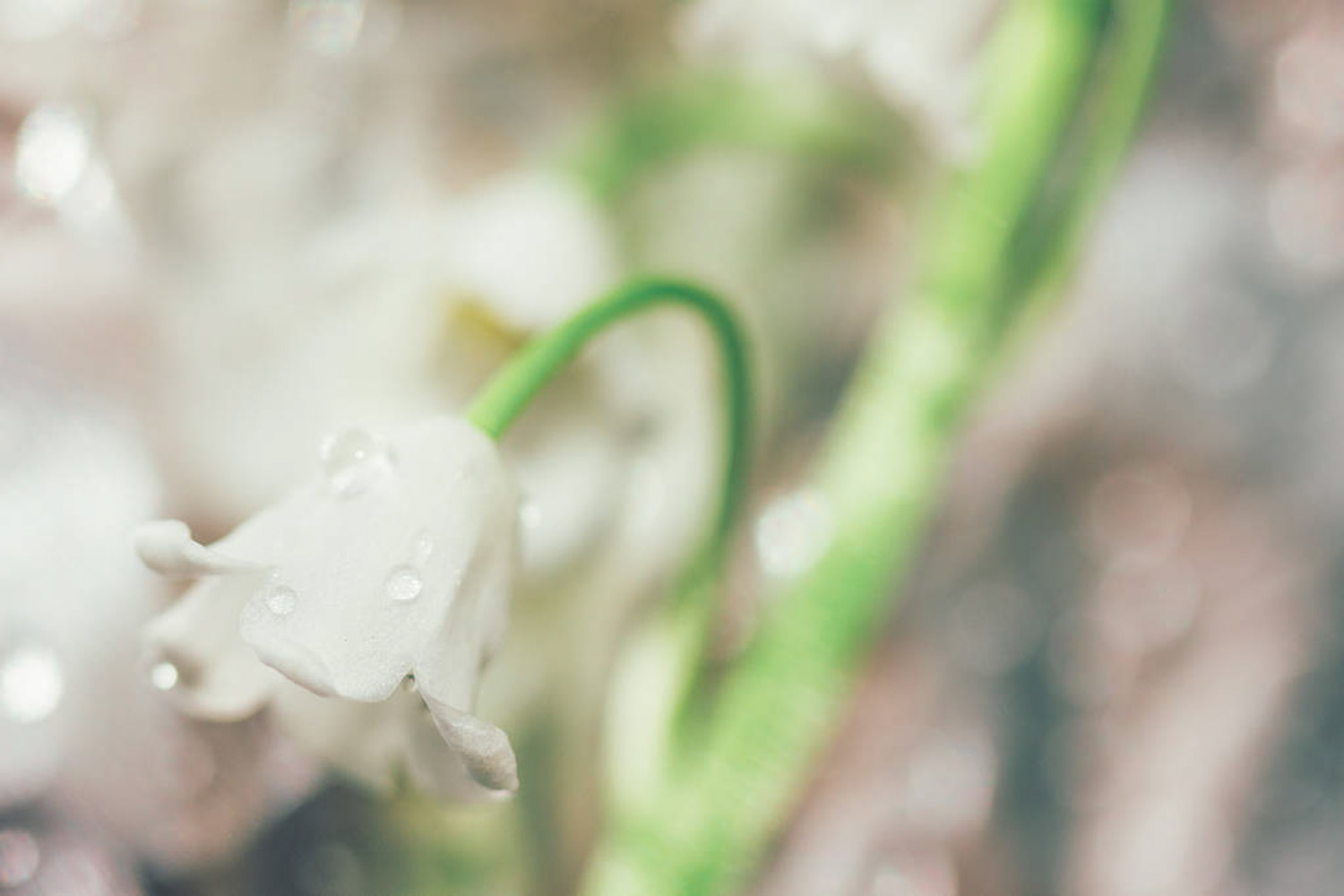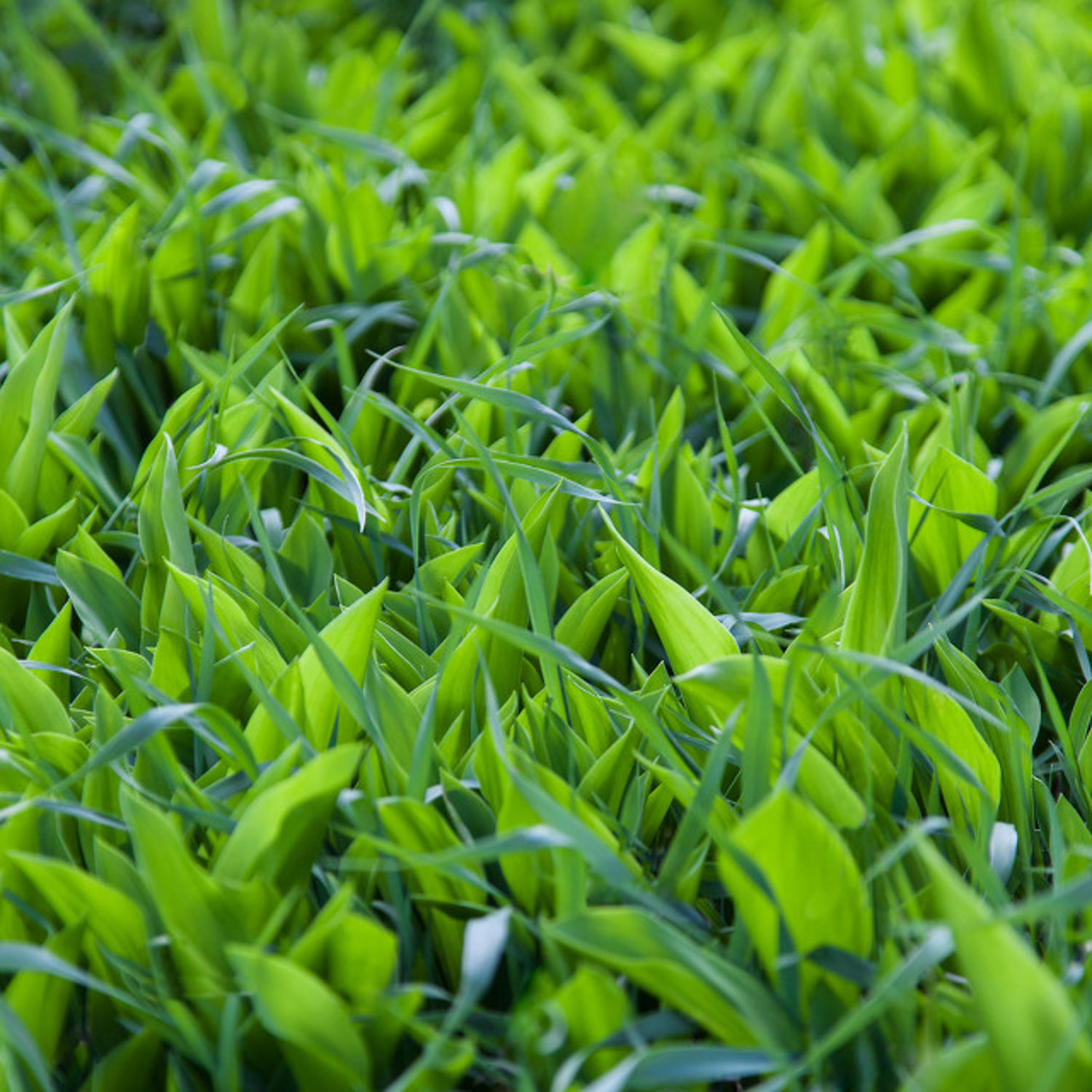1、 Breeding environment
1. Soil: when breeding, use breathable and loose soil, preferably containing humus. It can be mixed with sandy soil, garden soil and rotten leaf soil, which can meet the nutrients required for growth and grow more rapidly and vigorously

2. Temperature: it is cold resistant but poor in high temperature resistance. Therefore, it should be noted that in summer, when the temperature exceeds 30 ℃, the leaves are easy to turn yellow and dry. At this time, it will stop growing and enter a dormant state
3. Light: boll orchids prefer light. They can be placed in a place with good light at ordinary times. Even if they are allowed to receive strong direct light, it will not affect their flowering. However, if placed in a cool and dark place, it will affect the growth

4. Fertilization: fertilize frequently during the growth period. It grows fast and consumes more nutrients. Fertilize every 10 days or so in spring. Only when the nutrients are sufficient can they bloom and grow normally. In addition, fertilizer should be added in time after flowering, just use diluted liquid fertilizer

2、 Common diseases
During the maintenance and management period, if the environment is not suitable, it is easy to cause diseases, such as leaf spot, stem rot, etc. When found, it should be removed in time to avoid the continuous transmission of infection, and then sprayed with drugs for prevention and control

 how many times do yo...
how many times do yo... how many planted tre...
how many planted tre... how many pine trees ...
how many pine trees ... how many pecan trees...
how many pecan trees... how many plants comp...
how many plants comp... how many plants can ...
how many plants can ... how many plants and ...
how many plants and ... how many pepper plan...
how many pepper plan...





























